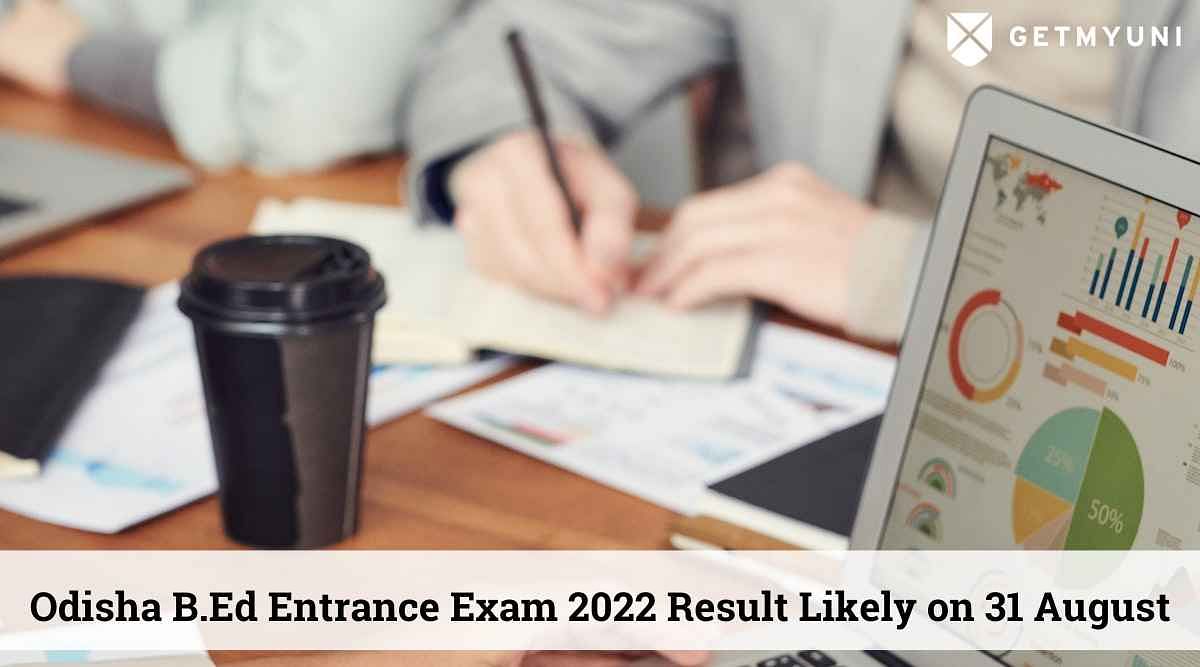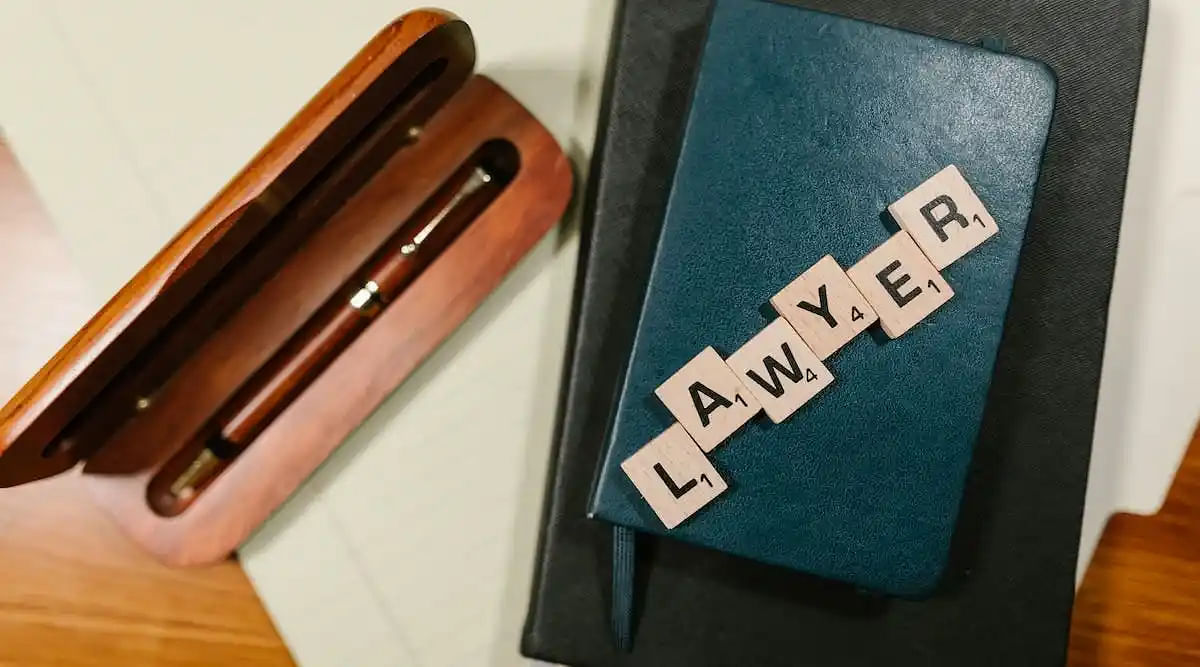JEE Advanced 2022 Exam Date on Aug 28 – Check Exam Pattern & Detailed Syllabus
JEE Advanced 2022 exam date is 28 August 2022. Candidates can check the exam pattern and detailed exam syllabus below.
JEE Advanced 2022 Exam Date: Indian Institute of Technology (IIT) Bombay will conduct the JEE Advanced 2022. JEE Advanced 2022 exam date for both Paper 1 and Paper 2 is 28 August 2022. The admit card for the same will be released on 23 August 2022. The conducting body will release the JEE Advanced result on 11 September 2022. Candidates can check the JEE Advanced important exam dates on the official website, i.e., jeeadv.ac.in.
Also Read: JEE Advanced Admit Card 2022 to Be Out on 23 August
JEE Advanced 2022 Exam Pattern
The JEE Advanced question paper is divided into two papers- Paper I and Paper II. The candidate has to attempt both papers as it is compulsory. The candidate has to complete both papers within 6 hours. Below mentioned is the JEE Advanced 2022 exam pattern –
| Exam Mode | Online (Computers Base Test) |
| Papers | Paper I and Paper II (Compulsory) |
| Sections | Physics, Chemistry. Mathematics |
| Exam Duration | 3 Hours Per Paper |
| Type of Questions | Multiple Choice Questions (MCQ), Numerical Type Questions |
| Language | English and Hindi |
Architecture Aptitude Test (AAT) 2022 Exam Pattern
The Architecture Aptitude Test (AAT) will only have 1 paper. AAT exam will be of 3 hours. Below mentioned is the exam pattern of JEE Advanced 2022 Architecture Aptitude Test (AAT) –
| Exam Mode | Offline (Pen and Paper-Based Exam) |
| Papers | 1 Paper |
| Sections | Mathematics, Aptitude Test, Drawing Test |
| Exam Duration | 3 Hours |
| Language | English |
JEE Advanced 2022 Detailed Exam Syllabus
Below mentioned is the detailed exam syllabus for JEE Advanced exam –
JEE Advanced 2022 Physics Syllabus
| Mechanics | Kinematics in one and two dimensions (Cartesian coordinates only), projectiles; Uniform circular motion; Relative velocity. Newton’s laws of motion; Inertial and uniformly accelerated frames of reference; Static and dynamic friction; Kinetic and potential energy; Work and power; Conservation of linear momentum and mechanical energy. Systems of particles; Centre of mass and its motion; Impulse; Elastic and inelastic collisions.Law of gravitation; Gravitational potential and field; Acceleration due to gravity; Motion of planets and satellites in circular orbits; Escape velocity, etc |
| General | Units and dimensions, dimensional analysis; least count, significant figures; Methods of measurement and error analysis for physical quantities about the following experiments: Experiments based on using Vernier callipers and screw gauge (micrometre), Determination of g using the simple pendulum, Young’s modulus by Searle’s method, Specific heat of a liquid using a calorimeter, the focal length of a concave mirror and a convex lens using the u-v method, Speed of sound using resonance column, Verification of Ohm’s law using voltmeter and ammeter, and specific resistance of the material of a wire using meter bridge and post office box. |
| Thermal Physics | he JEE Advanced physics syllabus consists of Thermal expansion of solids, liquids, and gases; Calorimetry, latent heat; Heat conduction in one dimension; Elementary concepts of convection and radiation; Newton’s law of cooling; Ideal gas laws; Specific heats (Cv and Cp for monoatomic and diatomic gases); Isothermal and adiabatic processes, the bulk modulus of gases; Equivalence of heat and work; First law of thermodynamics and its applications (only for ideal gases); Blackbody radiation: absorptive and emissive powers; Kirchhoff’s law; Wien’s displacement law, Stefan’s law. |
| Electricity and Magnetism | Coulomb’s law; Electric field and potential; Electrical potential energy of a system of point charges and electrical dipoles in a uniform electrostatic field; Electric field lines; Flux of an electric field; Gauss’s law and its application in simple cases, such as, to find field due to infinitely long straight wire, uniformly charged infinite plane sheet and uniformly charged thin spherical shell. Capacitance; Parallel plate capacitor with and without dielectrics; Capacitors in series and parallel; Energy stored in a capacitor, etc. |
| Optics | Rectilinear propagation of light; Reflection and refraction at plane and spherical surfaces; Total internal reflection; Deviation and dispersion of light by a prism; Thin lenses; Combinations of mirrors and thin lenses; Magnification. Wave nature of light: Huygen’s principle, interference limited to Young’s double-slit experiment. |
| Modern Physics | Atomic nucleus; α, β and γ radiations; Law of radioactive decay; Decay constant; Half-life and mean life; Binding energy and its calculation; Fission and fusion processes; Energy calculation in these processes. Photoelectric effect; Bohr’s theory of hydrogen-like atoms; Characteristic and continuous X-rays, Moseley’s law; de Broglie wavelength of matter waves. |
JEE Advanced 2022 Chemistry Syllabus
| Physical Chemistry | The JEE Advanced chemistry syllabus consists of Gaseous and liquid states, Atom, Energetics, Electro-Chemistry, Chemical equilibrium, Solid State, and Nuclear Chemistry |
| Inorganic Chemistry | The JEE Advanced inorganic chemistry syllabus consists of Isolation/preparation and properties of the following non-metals, Preparation and properties of the following compounds, Transition elements (3d series)Principles of qualitative analysis. |
| Organic Chemistry | Preparation, properties, and reactions of alkenes and alkynes, Preparation, properties, and reactions of alkenes and alkynes, Phenols, Properties and uses of some important polymers, Practical Organic Chemistry. |
JEE Advanced 2022 Mathematics Syllabus
| Algebra | Algebra of complex numbers, addition, multiplication, conjugation, polar representation, properties of modulus and principal argument, triangle inequality, cube roots of unity, geometric interpretations. Quadrilateral equations with real coefficients, relations between roots and coefficients, the formation of quadratic equations with given roots, symmetric functions of roots. Arithmetic, geometric and harmonic progressions, arithmetic, geometric and harmonic means, sums of infinite arithmetic and geographic progressions, infinite geometric series, sums of squares and cubes of the first n natural numbers, etc. |
| Analytical Geometry | Two dimensions: Cartesian coordinates, the distance between two points, section formulae, the shift of origin. Equation of a straight line in various forms, angle between two lines, the distance of a point from a line; Lines through the point of intersection of two given lines, equation of the bisector of the angle between two lines, concurrency of lines; Centroid, orthocentre, incentre and circumcentre of a triangle. Equation of a circle in various forms, equations of tangent, normal, and chord, etc. |
| Differential Calculus | Real-valued functions of a real variable, into, onto, and one-to-one functions, sum, difference, product and quotient of two functions, composite functions, absolute value, polynomial, rational, trigonometric, exponential, and logarithmic functions. Limit and continuity of a function, limit, and continuity of the sum, difference, product, and quotient of two functions, L’Hospital rule of evaluation of limits of functions. Even and odd functions, the inverse of a function, continuity of composite functions, the intermediate value property of continuous functions. The derivative of a function, the derivative of the sum, difference, product and quotient of two functions, chain rule, derivatives of polynomial, rational, trigonometric, inverse trigonometric, exponential, and logarithmic functions, etc. |
| Trigonometry | Trigonometric functions, their periodicity, graphs, addition and subtraction formulae, formulae involving multiple and sub-multiple angles, general solution of trigonometric equations. Relations between sides and angles of a triangle, sine rule, cosine rule, half-angle formula, and the area of a triangle, inverse trigonometric functions (principal value only). |
| Integral Calculus | Integration as the inverse process of differentiation, indefinite integrals of standard functions, definite integrals and their properties, fundamental theorem of integral calculus. Integration by parts, integration by the methods of substitution and partial fractions, application of definite integrals to the determination of areas involving simple curves. Formation of ordinary differential equations, solution of homogeneous differential equations, separation of variables method, linear first-order differential equations. |
| Vectors | Addition of vectors, scalar multiplication, dot and cross products, scalar triple products, and their geometrical interpretations. |
JEE Advanced 2022 Architecture Aptitude Test Syllabus
| Freehand Drawing | This comprises of simple drawing depicting the total object in its right form and proportion, surface texture, relative location, and details of its parts in an appropriate scale from the candidate’s memory. For instance, common domestic or day-to-day life usable objects like furniture, equipment, etc., |
| Geometrical Drawing | Exercises in geometrical drawing containing lines, angles, triangles, quadrilaterals, polygons, circles, etc. Study of plan (top view), elevation (front or side views) of simple solid objects like prisms, cones, cylinders, cubes, splayed surface holders, etc. |
| Three-Dimentional Perception | Understanding and appreciation of three-dimensional forms with building elements, colour, volume, and orientation. Visualization through structuring objects in memory. |
| Imagination and Aesthetics Sensitivity | Comparison exercise with given elements. Content mapping. Creativity checks through the innovative uncommon test with familiar objects. The sense of colour grouping or application. |
| Architectural Awareness | JEE Advanced 2022 AAT syllabus consists of General interest and awareness of famous architectural creations – both national and international, places, and personalities (architects, designers, etc.) in the related domain. |
Follow GetMyUni for more such content on Latest Education News.




